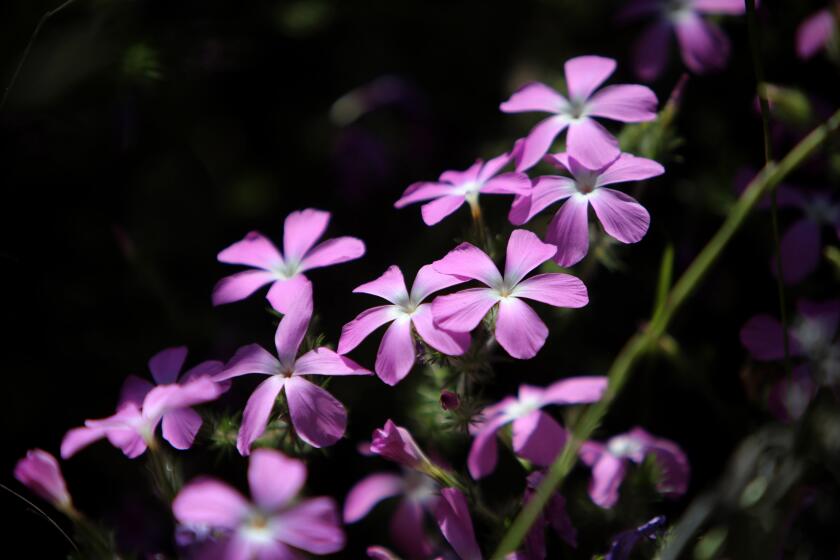Lace lichen
[ RAMALINA MENZIESII ]
It’s hard to imagine that lichen could be a source of awe, but there is one species so beautiful that the California Lichen Society is asking the state Legislature to declare it the state lichen. Adorning oaks and deciduous trees throughout coastal California, this stunning lichen has the look of fine lace. Growing at the rate of 30% a year and reaching up to 6 feet in length, it can become so prolific that trees wind up swaddled like mummies. This may sound unhealthy for the tree, but the lichen actually plays an important role in the ecosystem. Its netlike structure traps airborne particles throughout the dry season, then releases them in the first rains, so that rainwater collected under heavily festooned oaks is the color of coffee and full of rich nutrients -- and pollutants. Deer, rabbits and other animals also relish lace lichen as a food and have been known to fight over pieces of it that fall to the ground.
--
NATURAL HISTORY
No matter how dry this lichen seems, it can begin photosynthesis seconds after being watered, even after decades in a museum collection. The lacy pattern provides so much surface area that it is able to absorb large amounts of moisture from coastal
fog and wind.
--
KEY CHARACTERISTICS
Immediately recognizable because it is the only lichen with a heavily perforated, “lacy” look; usually hangs in many long strands from branches, hence its common nickname, Spanish moss.



